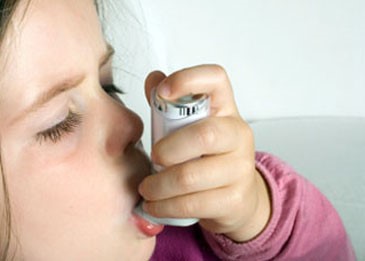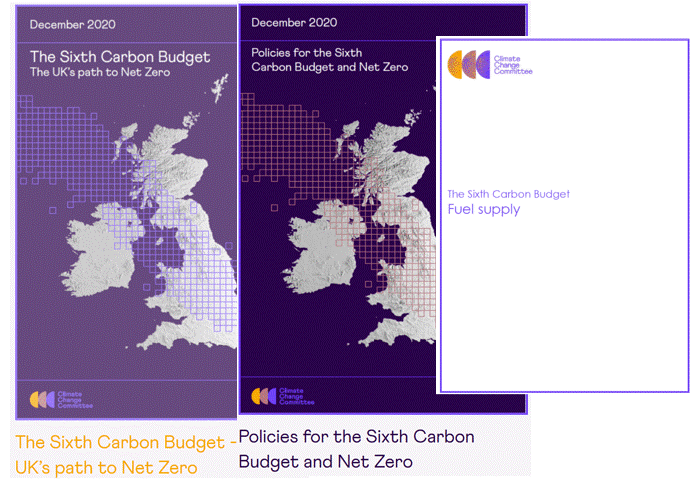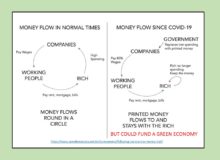“Over 90% of citizens in the Region are exposed to annual levels of outdoor fine particulate matter that are above WHO’s air quality guidelines according to a study of deaths and diseases in the European region from the WHO Regional Office for Europe and the Organisation for Economic Co-operation and Development (OECD) published in April 2015.

As Air Pollution in London (and other Cities) is currently breaching EU legal limits it is important to look more closely at the role of the EU for Air Quality. The EU has legislation, both for the causes of Air Pollution, such as Transport, Agriculture, buildings and power generation and the resultant pollution levels. For a list of various EU “Ambient Air Quality” laws click here.
Emissions from Agriculture - Air Pollutants
According to The Guardian in Sept 2015 “ammonia reacts with fumes from traffic and industry to produce tiny particles and is the largest cause of air pollution deaths in the eastern US, Japan and in Europe. “For London, agriculture is the main source,” said Lelieveld. Across the UK, 48% of the premature deaths were ultimately the result of agricultural pollution. “A fifth of all global deaths resulted from these emissions, which come mainly from cattle, chickens and pigs and from the over-use of fertiliser.”
In October 2015 there was an EU proposal for legally binding curbs on emissions of ammonia, methane and particulates from the agricultural sector. Seb Dance MEP, Labour’s European spokesman on environment, and the Socialists and Democrats Group’s lead negotiator on the National Emissions Ceilings Directive, said: “More than a third of the UK’s air pollution is blown over the Channel, so a European-wide agreement is crucial…. “We need ambitious and binding limits on these toxic emissions to force governments across Europe to properly address what is now a public health crisis.”
European Environmental Bureau (EEB) is a research group and its scenario estimates that 52 people a day would die in the UK unless more ambitious limits were passed. The UK government paper “argues that methane emission curbs are already covered by other EU legislation – although no state is bound by this – and that a proposed ceiling for ammonia use is not “realistic and deliverable”.
However in July 2016 Greens-efa reported that the revision of the National Emission Ceilings Directive up until 2030 had been finalised between the European Parliament and the Council: “The big farming lobby successfully lobbied for far weaker limits on ammonia and succeeded in excluding methane entirely from the scope of the law...”
EMISSION STANDARDS FOR LARGE COMBUSTION PLANTS (AIR POLLUTION)
According to Sourcewatch the European Union Large Combustion Plant Directive sets emission standards for member countries for nitrogen oxides, sulphur dioxide and particulates from all power stations with an installed capacity greater than 50 megawatts. Under the directive legislation power stations that don’t meet the specified emission standards must either retrofit appropriate pollution control equipment or close down. Under the directive, plants that ‘opt out’ of meeting the new standards can operate for a maximum of 20,000 hours after January 2008 and, at the latest, must be shut down by 2015.
ON RESULTANT LEVELS OF POLLUTION
The EU mandates Air Quality standards across member Countries “The Commission has adopted a Clean Air Policy Package in December 2013, consisting of A new Clean Air Programme for Europe with new air quality objectives for the period up to 2030, a revised National Emission Ceilings Directive with stricter national emission ceilings for the six main pollutants, and a proposal for a new Directive to reduce pollution from medium-sized combustion installations.”
Directive 2008/50/EC on ambient air quality and cleaner air for Europe covers at Article 5 1. “sulphur dioxide, nitrogen dioxide and oxides of nitrogen, particulate matter (PM10and PM2,5), lead, benzene and carbon monoxide.”
Polycyclic aromatic hydrocarbons (PAHs) are a group of persistent organic compounds, some of which are toxic and/or possible or proven human carcinogens; they are produced via incomplete combustion of carbon containing fuels from industrial, commercial, vehicular and residential sources. 2004/107/EC covers these and arsenic, cadmium, mercury, nickel.
The Pollutants in Air Quality Directive 2008 and EU Air Quality Standards details the limits per pollutant at a measuring site – for instance, over a year. Limits include:
NO2 at 40µg/m3
PM10 at 40µg/m3
PM2.5 at 25 µg/m3.
However more and more measurements show that the UK is regularly exceeding these legal limits. In Feb 2014 the European Commission took action against the UK (Defra) for persistent air pollution problems. Since then Client Earth has also taken action against Defra and the UK major cities.



